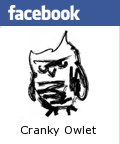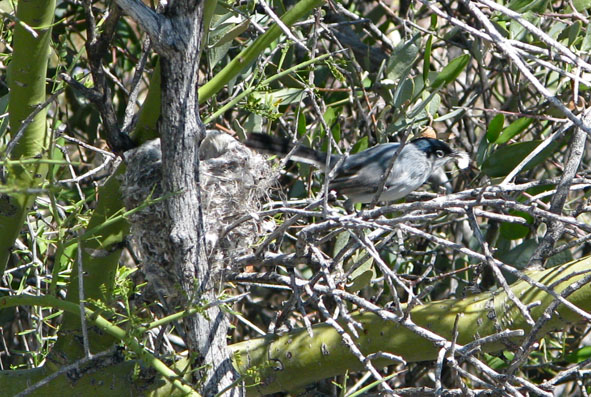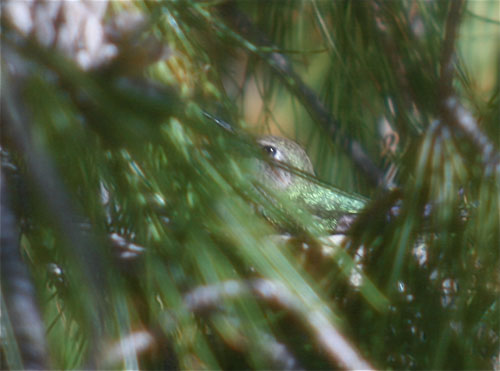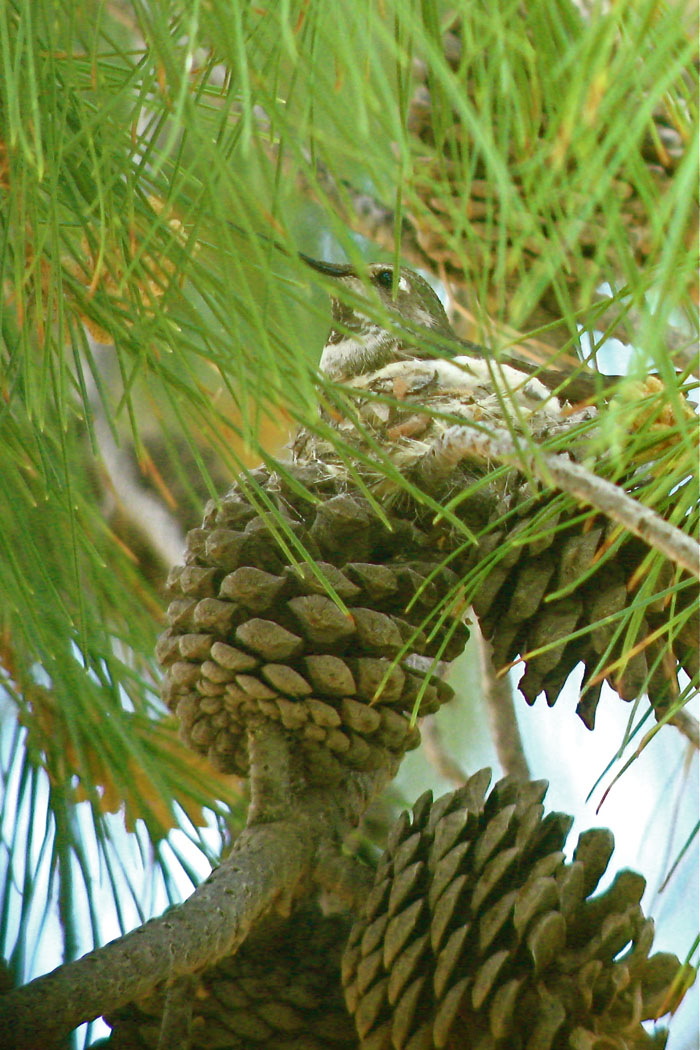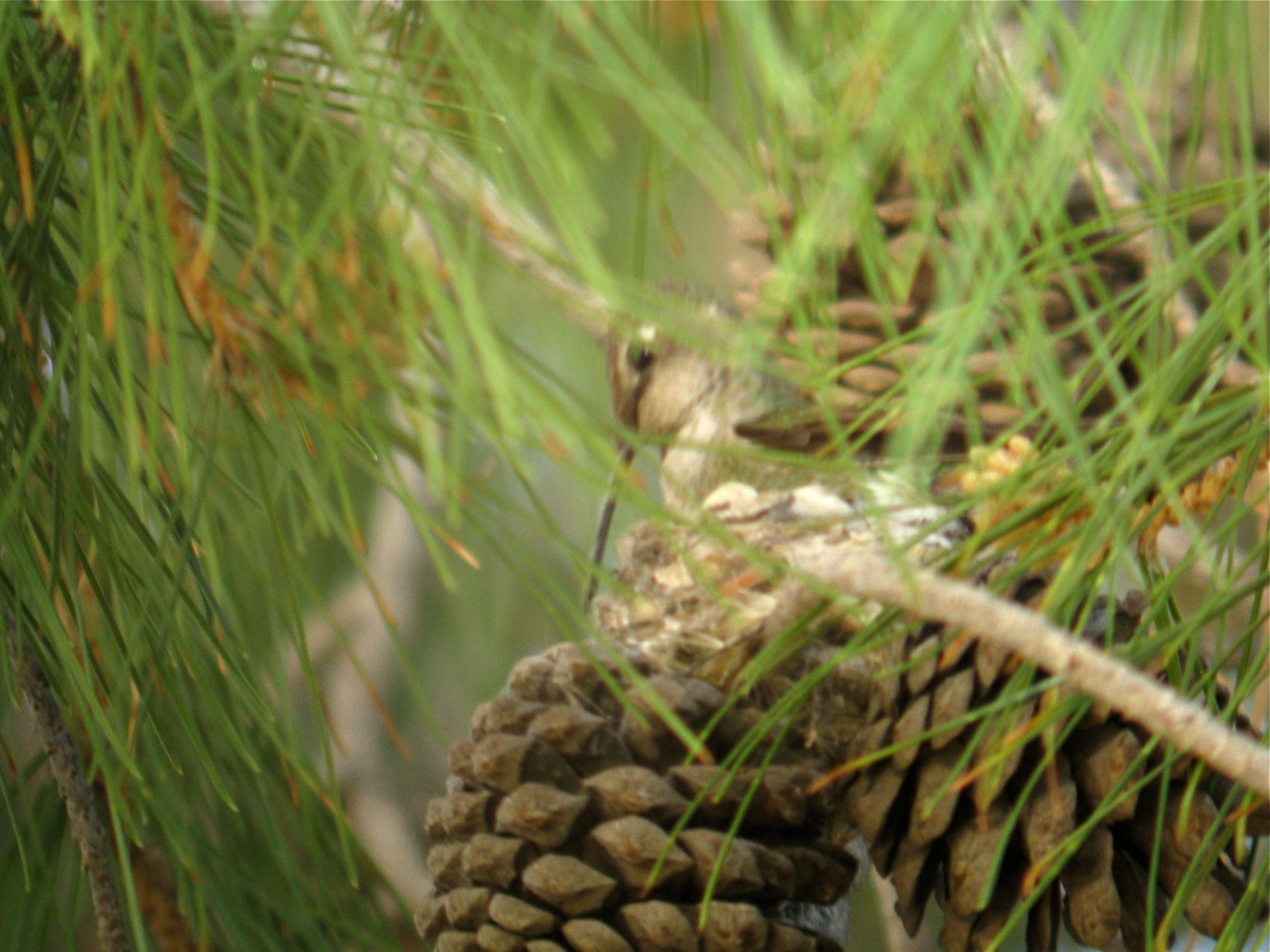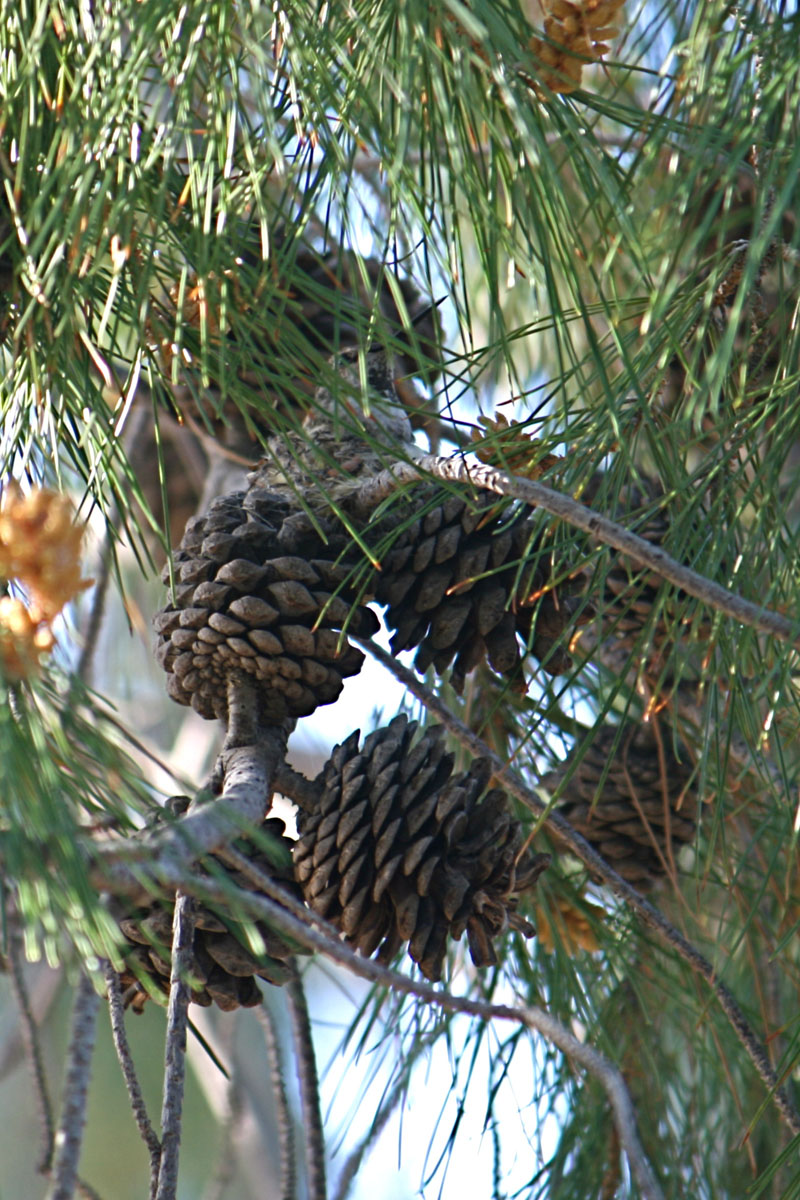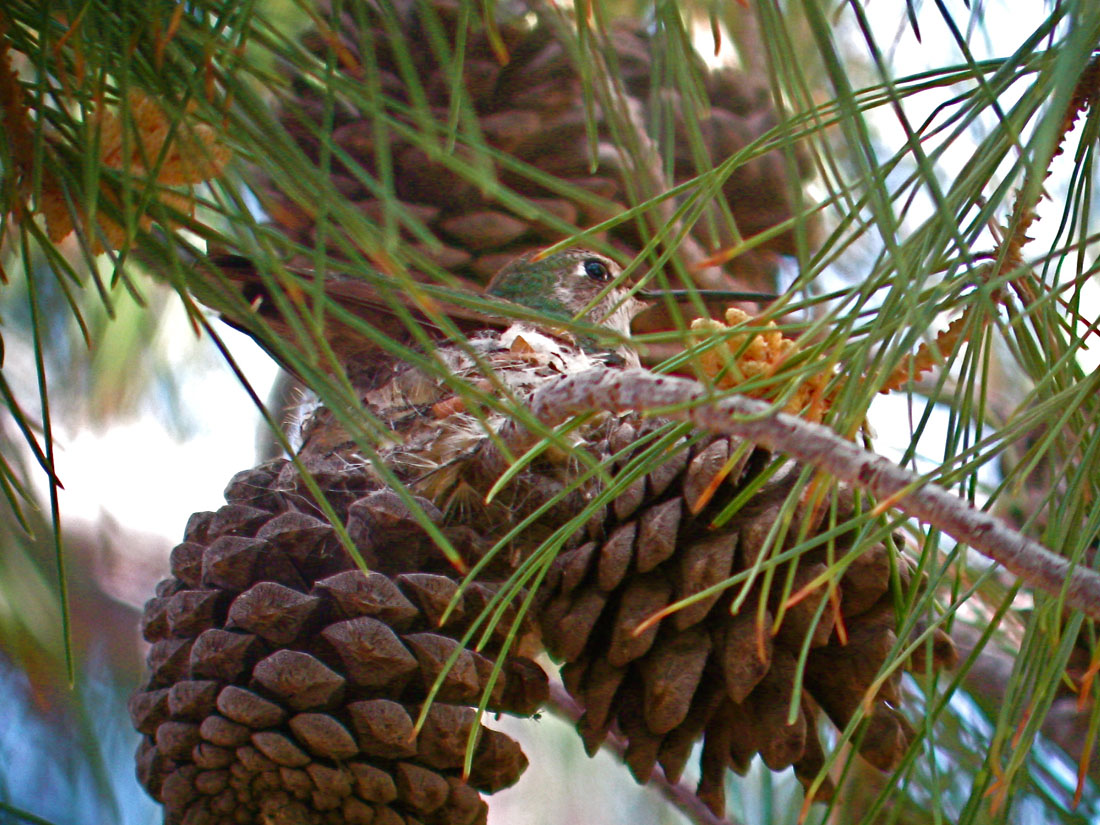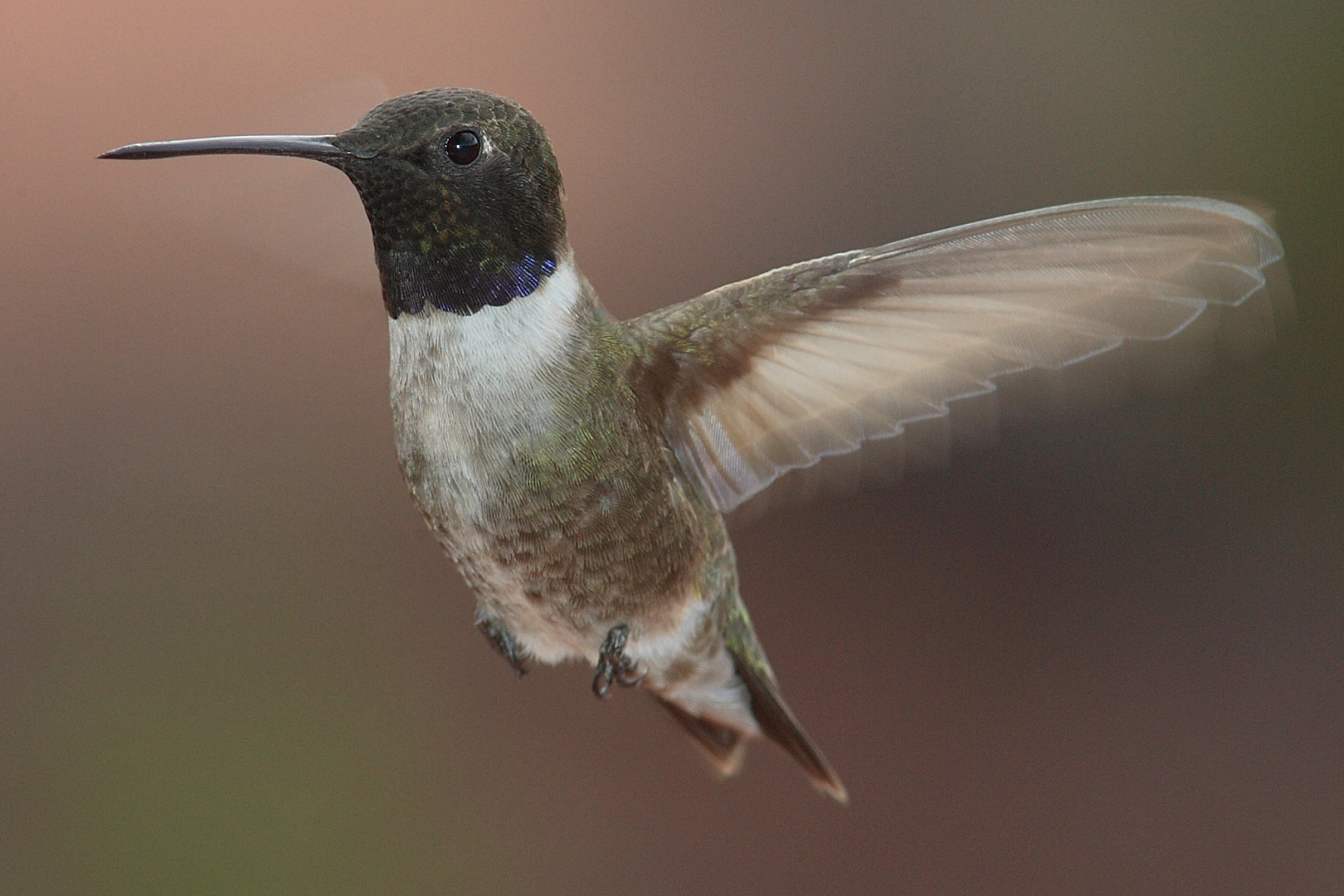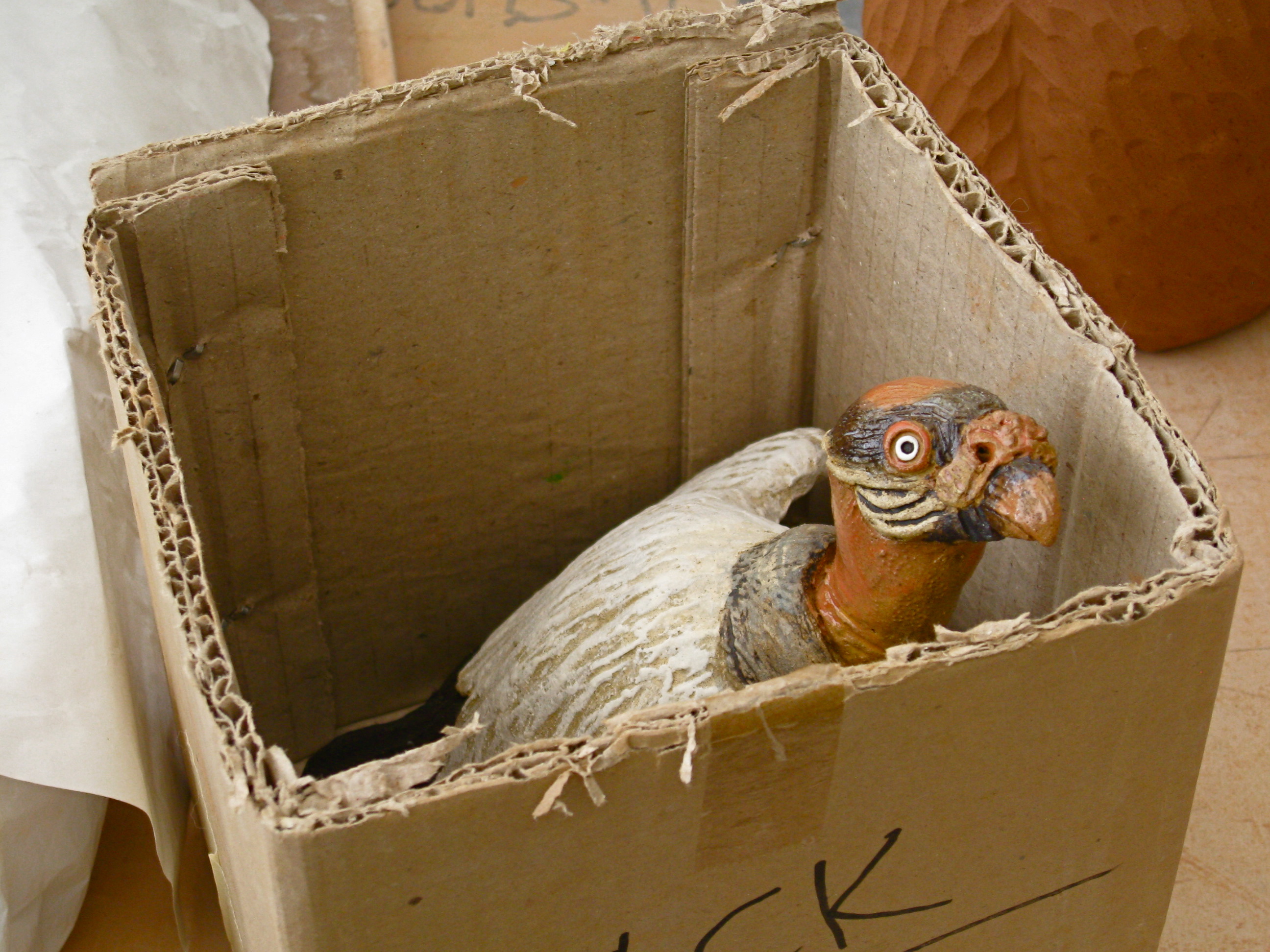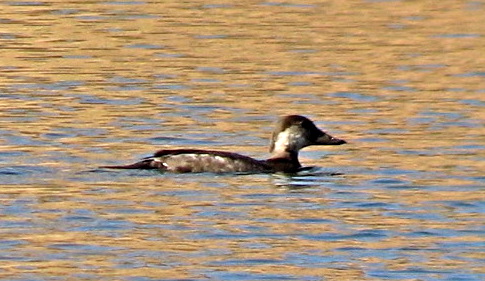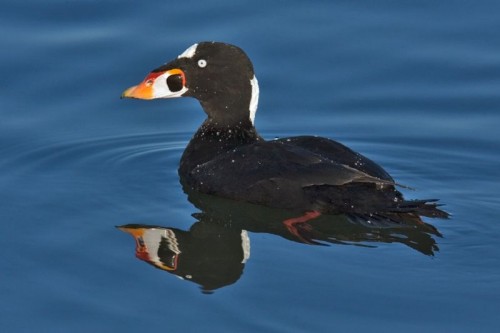Twofer: Nictitating membrane AND bonus Bonus Pervious Nostril
Here are a couple of photos that show two excellent see-through specializations of Turkey vulturedom: the pervious nostril (already discussed here) and an inner protective eyelid called the nictitating membrane. The camera caught the vulture in mid-blink, so the membrane is visible in this photo as a bluish milky cast over the eye of the vulture —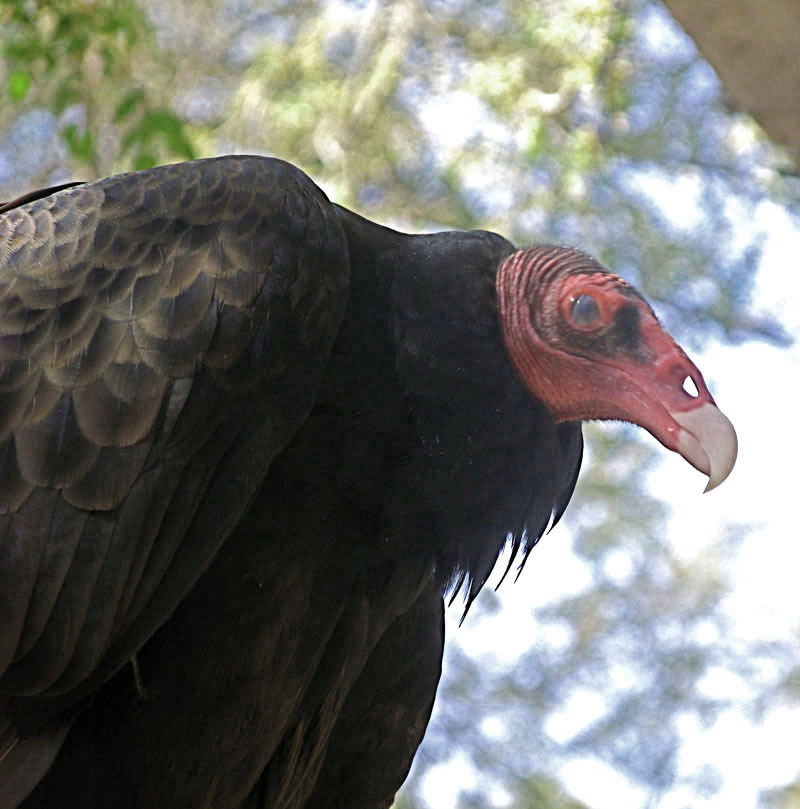 if you click to enlarge the photo to the left, you can easily see it, including the leading edge of the inner eyelid, which slides closed toward the back of the eye. Notice that you can faintly see the bird’s pupil through the membrane: if you can see it, it can see you (like a truck-driver’s rear-view mirror). The lower photo shows the membrane fully closed, and the vulture apparently looking through it at something to the left. (Top photo A. Shock; bottom photo E. Shock)
if you click to enlarge the photo to the left, you can easily see it, including the leading edge of the inner eyelid, which slides closed toward the back of the eye. Notice that you can faintly see the bird’s pupil through the membrane: if you can see it, it can see you (like a truck-driver’s rear-view mirror). The lower photo shows the membrane fully closed, and the vulture apparently looking through it at something to the left. (Top photo A. Shock; bottom photo E. Shock)
Most birds have a nictitating membrane (as well as some other animals, like manatees and horned lizards), and in every animal it has the same basic function — to provide a see-through protective lens over the eye which can be deployed during high-risk activities, such as rummaging through a ripe porcupine carcass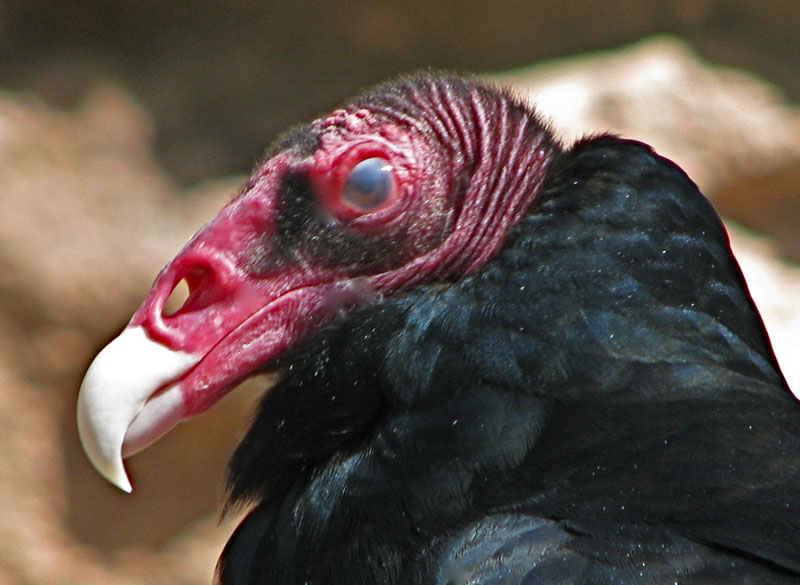 with a couple of sharp-beaked buddies (in the case of vultures); plunging into a thorny mesquite bosque in pursuit of a road runner (Harris’s hawk); stooping at 100 mph after a mid-air dove (Peregrine falcon); digging in sandy soils, then cleaning and moistening the gritty cornea (horned lizard).
with a couple of sharp-beaked buddies (in the case of vultures); plunging into a thorny mesquite bosque in pursuit of a road runner (Harris’s hawk); stooping at 100 mph after a mid-air dove (Peregrine falcon); digging in sandy soils, then cleaning and moistening the gritty cornea (horned lizard).
Brief etymology: “nictitating” is derived from Latin nictare, to blink.
HEN UPDATE: The Hen is still tight-on-Nid, having weathered yesterday’s quite breezy atmosphere.
